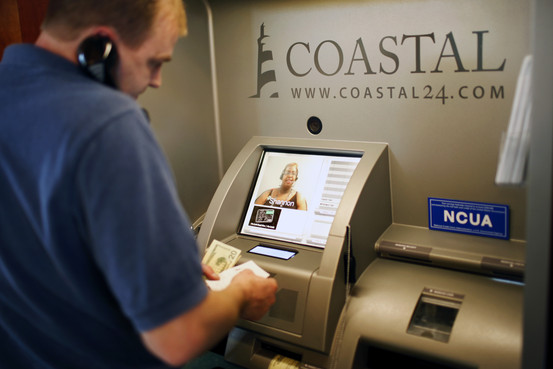
A recent article in the Wall Street Journal, by Robin Sidel discusses how banks are testing and deploying self service kiosks in their branches as part of the on-going effort to provide convenience for customers while driving transactions to lower cost channel(s). These kiosks will allow customers to perform common transactions, such as cash checks, buy money orders and receive cash in requested denominations. This is an excellent step towards allowing customers to bank how they want and where they want. However, as with other emerging channels such as mobile banking, financial institutions will be challenged to provide a seamless interaction across channels in order to provide a holistic experience.
What does a holistic experience mean in terms of retail banking? Aside from the obvious requirements of providing accurate and real time account information, this also means that customer accounts should be displayed in a consistent sort order and/or groupings across channels, accounts and bill pay providers should utilize a common set of customer provided nicknames, and customer preferences should translate across channels. If these customer expectations are not met, and each new channel requires them to adjust to a different format, and re-enter preferences, this will undoubtedly deter adoption of new channels (reducing the cost saving benefit to the bank), or worse, provide an incentive for the user to switch to a bank which can meet their expectations.
Unfortunately, for many of the financial institutions we’ve worked with, a lot of the display logic, as well as business rules dictating policies such as which accounts can be transferred to/from, were developed specifically for legacy channels (online banking, ATMs, IVR, etc.). As these banks rushed to deploy mobile banking solutions, many of them chose to further compounded their situation by once again recreating the business rules and logic within the mobile channel. This decision, while reducing the project complexity and accelerating their time to market, will have exponential impacts. Each separate instance of the code represents a distinct maintenance effort, which will need to be undertaken every time new product offerings are introduced or business processes change. At some point, either as banks step back and plan their next iterations of mobile banking, or as they look to roll out additional channels such as these self service kiosks, financial institutions are going to have to make an enterprise level investment to encapsulate all of these rules and logic into their middle-ware, and then update all of the legacy systems to make use of these new common services. While this is no small effort, the challenges will only continue to grow as additional channels, or even new form factors such as tablets are introduced, and therefore, the time to act is now.
Is your organization taking into account these types of considerations when designing your mobile strategy? As you undertake a mobile banking initiative, or any emerging channel projects, do you truly understand the implications of your requirements and design? At Pervasive, we’ve learned through our hands on experience how to identify and mitigate these types of risks. Let us help you as well.






